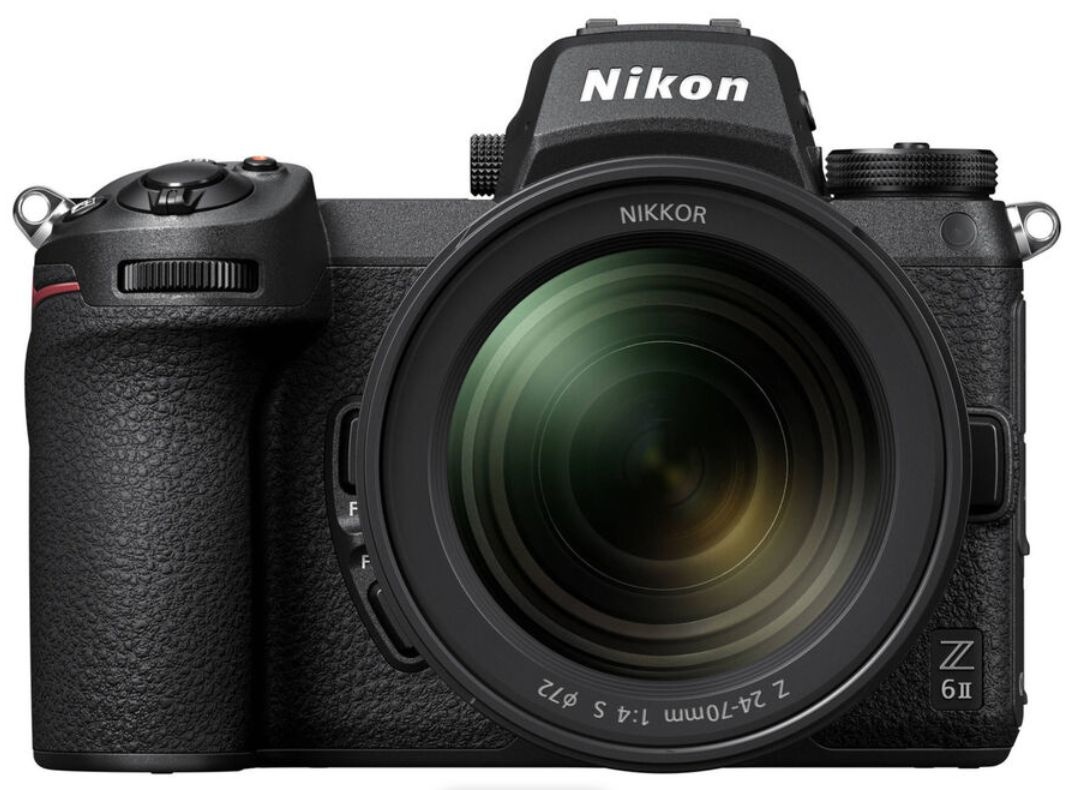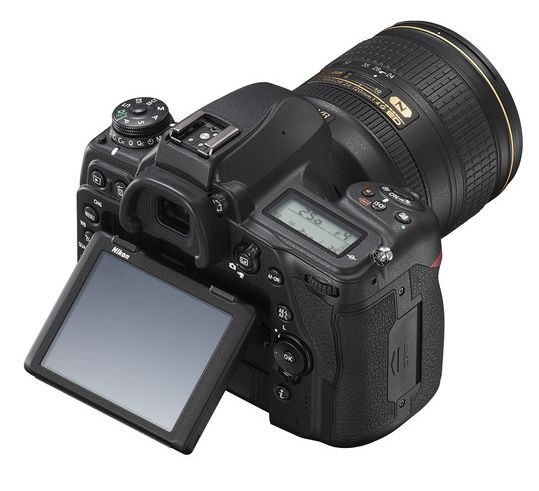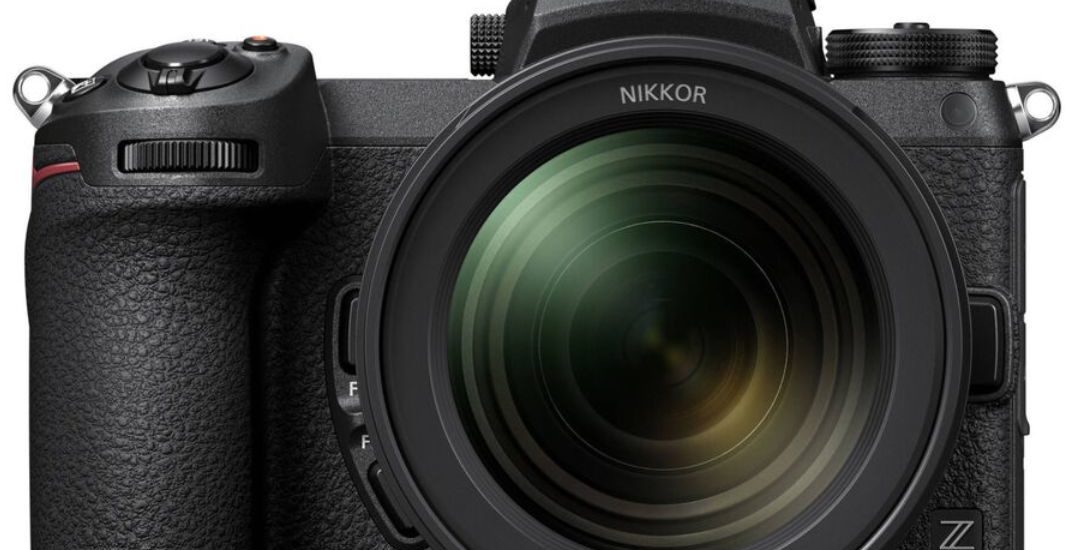Another day, another dollar. In Nikon’s case, it wishes it had a whole load more dollars, as its annual financial report shows significant losses. So, is it making progress to get itself back on a level footing with Canon and Sony?
Nikon’s 2015 to 2020 financial results were weak, falling from ¥800 billion (about $8 billion) to ¥591 billion, primarily a result of its Imaging Division, which saw income decline from ¥586 billion to ¥225 billion representing a drop from 68% of total revenue to just 38%. This was primarily a result of falling DSLR sales, the pivot to mirrorless, and shuttering compact camera manufacturing. Then came COVID, which, by and large, has impacted all camera manufacturers equally; it’s just that the importance of the Imaging Division to Nikon is so much greater than, for example, Sony. The knock-on effect on the whole group is therefore more substantial.
So, how did Nikon fare in 2020-2021? Headline results are a drop in income to ¥451 billion (-24%), with a net loss of ¥56 billion. The Imaging Division turned over ¥150 billion and accounted for a ¥35 billion net loss. Imaging now represents 30% of income and the source of the vast majority of the losses (the latter principally accounted for by impairment losses, i.e. writing off capital assets). The driver of much of Nikon’s recent success has been Precision Instruments; however, that also saw a drop in income and was profit neutral.

While Nikon’s financial position remains challenging, it has been keen to highlight success in sales of its Z-mount mirrorless cameras. Is this born out by the figures? Unfortunately, Nikon doesn’t separate out DSLRs and mirrorless cameras, grouping them together as ILCs. As I reported earlier this year, 2020 sales figures (which don’t quite align with Nikon’s financial reporting dates) suggest 5.7 million ILCs shipped, made up of 3.3 million mirrorless and 2.4 million DSLRs. Of those, Nikon accounted for 250,000 and 650,000 respectively. Nikon reports shipping 840,000 ILCs, which aligns with the above figures and potentially confirms the relatively low level of Z camera shipments.
On a positive note, mirrorless shipments show only a 10% drop on the previous year in a market where it appears only Canon has seen gains. That’s good news, as Sony saw a 30% drop; however, the worry is in the overall volume of sales. Two hundred and fifty thousand is a small number and likely places Nikon behind both Fuji and Olympus, while Canon appears to have shifted 2.75 million ILCs, some three times the volume of Nikon. DSLRs still made up the greatest proportion, but that is changing rapidly, and it seems likely that either this year or next year will be a significant turning point as Canon and/or Nikon will sell more mirrorless cameras than DSLRs. That’s in part because consumers are buying more mirrorless cameras, but it’s also because manufacturers are making more of them. The cupboard is threadbare when it comes to the number of new DSLRs releases. It is probably true that Nikon sold many more mirrorless lenses, but that is simply a consequence of having significantly expanded its lineup.

Is Nikon In Recovery?
The obvious question is whether Nikon is well on the road to recovery. COVID has masked the principle signs by which we could determine this, as the impact of revenue losses swamps anything else. Perhaps a good place to start is what Nikon is actually forecasting for the next financial year. Looking ahead, its expectation is revenue of over ¥510 billion (15% rise), with Imaging rising to over ¥165 billion (10% rise), giving it an overall operating profit of ~¥20 billion. That looks like a cautious forecast in an uncertain world as we really don’t know if we are post-COVID and so, what an economic recovery might look like. That said, it is enacting its medium-term strategy, which has four key components. Firstly, reduce costs specifically by cutting ¥50 billion of costs from Imaging. Secondly, focus its product development on the professional and hobbyist market segments. Thirdly, improve its sales strategies with direct sales, but also reducing costs. Fourthly, reorganizing manufacturing.
As it enters the last year of its plan, most of the painful — and expensive — restructuring elements of the strategy appear to be complete (e.g. factory closures, redundancies), and indeed, it has increased the cost-cutting to ¥63 billion, which is specifically intended to produce profit within Imaging on revenues below ¥150 billion. Does this indicate the revenue (and unit sales) it is expecting in the future? It suggests that there is limited revenue in camera sales and, indeed, it is pushing business-to-business developments to pursue linked camera related sales. However, on this basis, the first and fourth elements are largely complete. It, along with all the other manufacturers, is focused upon the professional and hobbyist market. Low-budget, entry ILCs are largely absent from the sector, with an increasing proliferation of high-end cameras that are intended to generate healthier sales margins.That’s where the traditional market is at the moment. That leaves sales, and at this point, the numbers speak for themselves. Nikon has and is continuing to build out a good mirrorless system; however, they are not yet moving significant volumes. Sony has a headstart, and Canon has been undeniably successful. It is still early days, but Nikon is not chasing Sony and Canon, but rather Fuji and Olympus, a position it is not used to.
Perhaps most telling is Nikon’s look at macro trends and crystal ball gazing for long-term growth areas. It is always going to be difficult to envisage a future marketplace and so a future business, but it is something that Fuji successfully did — and Nikon should have done — some 20 years ago with its Vision75 strategic plan. And this is the interesting point: Imaging has a small part of this future. For sure, it sees “Vision Systems” as having a successful future, but this seems unlikely to be based around the traditional camera market but rather the embedding of optical and imaging products within automated and semi-automated systems (a segment it calls “robotics”), which is perhaps why it is in the early stages of its business to business development. Alongside this thread sits healthcare and digital manufacturing, both predicated on existing divisions. Diversification and expansion is exactly what Nikon needs, and 2021 could well be the turning point for it. Will the Z System be successful? Who knows, but it seems it will remain a labor of love.
Lead image composite courtesy of Free-Photos via Pixabay, used under Creative Commons.
